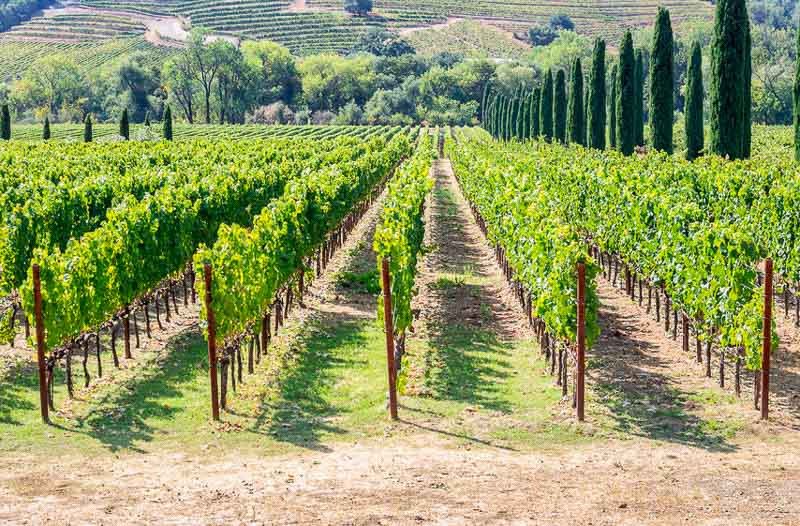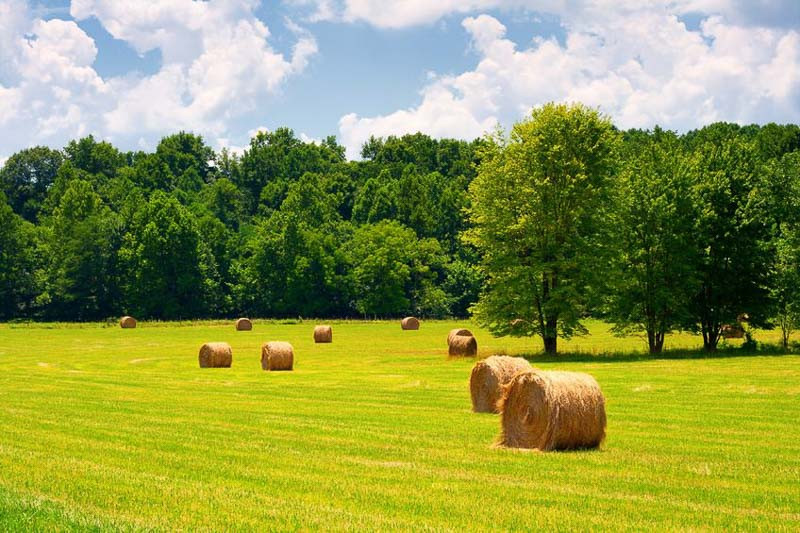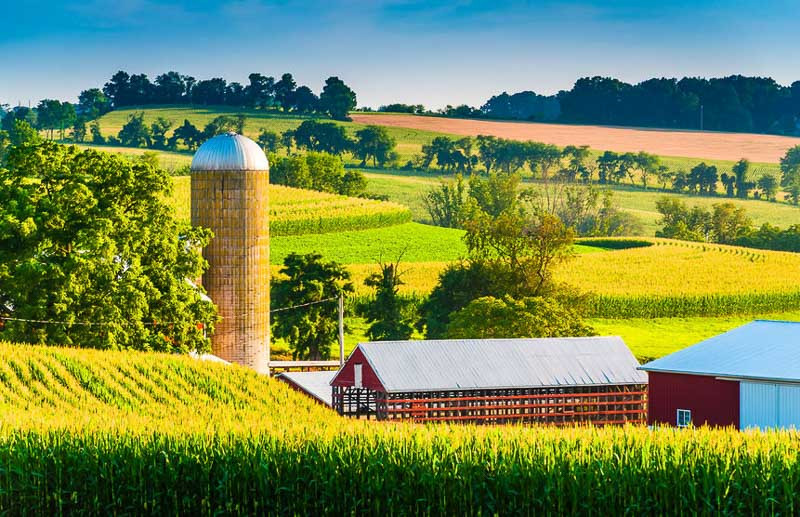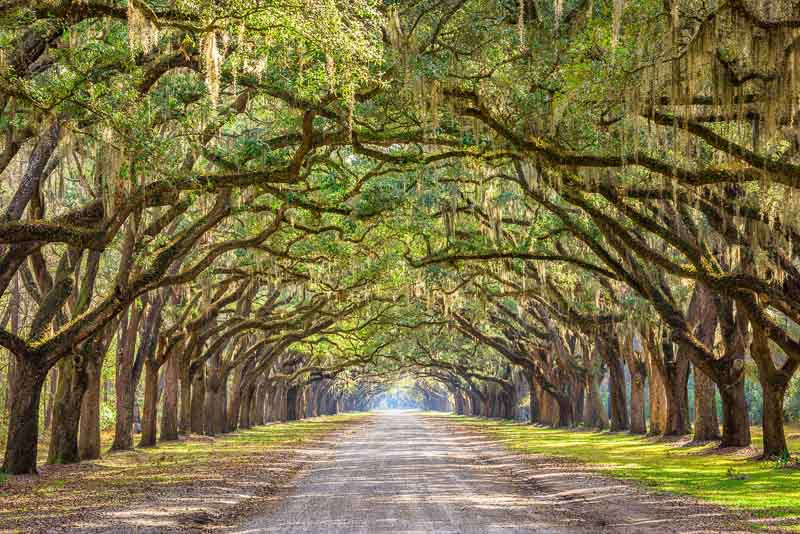United States Native Plants
The United States is rich in diverse ecosystems, each supporting unique native plant life. From the coastal regions of California to the deciduous forests of New England, the native plants of the U.S. are as varied as its landscapes.
In the arid Southwest, cacti and succulents like the Saguaro cactus (Carnegiea gigantea) and Agave species reign supreme. Their adaptation to conserve water serves them well in the dry desert conditions.
In the Southeast, the swamps and bayous are adorned with Bald Cypress trees (Taxodium distichum) and Southern Magnolia (Magnolia grandiflora). These plants thrive in the humid, water-rich environments.
The Midwest prairies are dominated by grasses, such as Big Bluestem (Andropogon gerardii) and Indian Grass (Sorghastrum nutans), with beautiful wildflowers like Purple Coneflower (Echinacea purpurea) providing color.
The Pacific Northwest’s lush environment is perfect for towering Douglas firs (Pseudotsuga menziesii) and Western Red Cedars (Thuja plicata), while the understory is filled with lush ferns and berry-producing shrubs like the Salmonberry (Rubus spectabilis).
The Northeast forests are filled with a variety of deciduous trees such as Sugar Maple (Acer saccharum) and American Beech (Fagus grandifolia), as well as evergreens like Eastern Hemlock (Tsuga canadensis).
By choosing native plants, gardeners can support local ecosystems and wildlife, as these plants provide essential habitats and food sources. Native plants are often hardier, requiring less maintenance and resources, making them a sustainable choice for your garden. Always source native plants responsibly, ensuring they were propagated sustainably and not collected from the wild.









